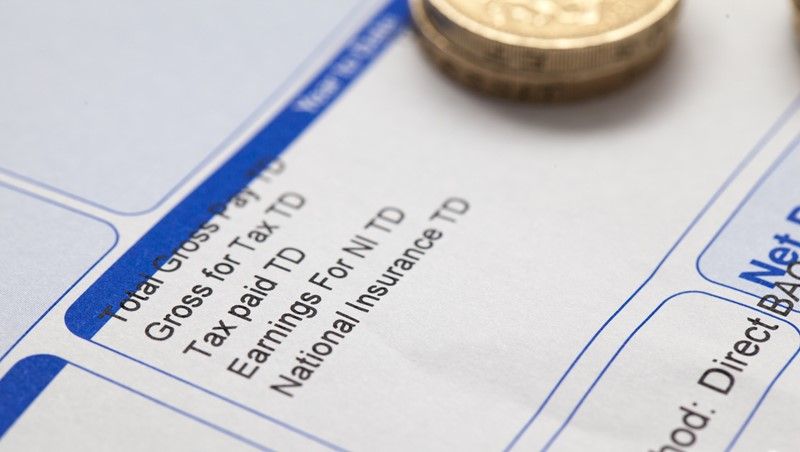Save up to £2,000 a year on childcare costs
Is your child starting school this September? Tax-Free Childcare could save you up to £2,000 a year. Check your eligibility now and start planning ahead.
Working families whose children are starting school for the first time September 2025 could save up to £2,000 a year per child on their childcare bills, thanks to the government’s Tax-Free Childcare (TFC) scheme.
Designed to ease the financial burden of childcare, the TFC scheme offers eligible working families valuable support through a wide network of registered childcare providers. This includes childminders, breakfast and after-school clubs, and approved UK play schemes. Families can also build up their TFC account throughout the year, allowing them to save for higher childcare costs during school holidays.
The scheme is available for children up to the age of 11, with eligibility ending on 1 September following the child's 11th birthday. For children with certain disabilities, the scheme extends eligibility until 1 September after their 16th birthday.
Under the TFC scheme, for every £8 a parent contributes, the government adds £2, effectively topping up childcare savings by 25%. This support is capped at a maximum of £10,000 in contributions per child each year, meaning parents could receive up to £2,000 annually per child, or £4,000 for children with disabilities.
TFC is open to a wide range of working families, including the self-employed and those earning the National Minimum or Living Wage. Parents on paid sick leave, maternity, paternity, or adoption leave (both paid and unpaid) are also eligible. To qualify, each parent must work at least 16 hours per week and meet minimum income thresholds. However, households where either parent earns more than £100,000 a year, or those receiving Universal Credit or employer-provided childcare vouchers, are not eligible for the scheme.
Commenting on the scheme, HMRC’s Director General for Customer Services said:
“Starting school can be an expensive time – there’s a lot to buy and organise. Now that you know where your child will be going to school, it’s a good time to start planning your childcare arrangements. Tax-Free Childcare can help make those costs more manageable. Sign up today on GOV.UK and start saving.”
With school starting in just a few months, now is the perfect time for parents to check their eligibility and take advantage of the savings available through the scheme.




